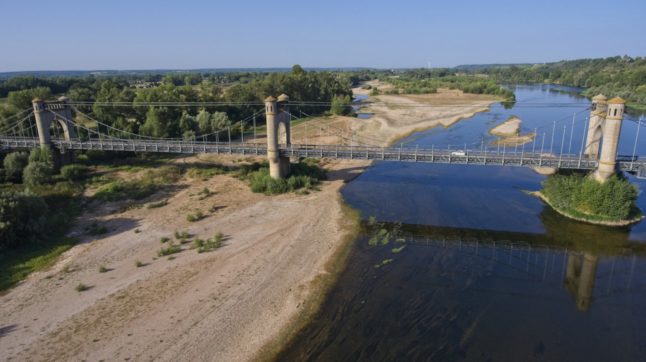Météo France retained orange flood warnings for areas in the west and east of the country: Gironde, Charente, Charente-Maritime, Deux-Sèvres, Dordogne, Lot, Corrèze, Ain, Isère, Savoie and Haute-Savoie.
In its early bulletin, the forecaster said that between 10mm and 20mm of rain had fallen on the Savoyard massifs in six hours, on top of 60mm to 90mm that had fallen over the previous 48 hours.
According to forecasts, showers will be sustained throughout the day in the south-west and in the foothills of the Massif Central, the Alps and the Jura, with rain-snow limits of around 1,200 to 1,400m. More moderate showers will affect the rest of the country, with the exception of the Mediterranean arc, which will remain dry for the most part.
Showers will be heaviest near the Channel coast, however, with north to north-westerly winds strengthening in the evening.
The westerly wind will become very strong in the evening over Corsica, with gusts reaching 100 to 130km/h in the Balagne region, 100 to 120km/h between Solenzara and Porto-Vecchio, and up to 150km/h on the exposed capes.
Temperatures will rise from between 6 and 12C in the morning, to 10 to 17C in the afternoon.
Occasional thundery showers are expected along the Atlantic coast as the day goes on, with westerly winds gusting up to 100 km/h at the head of the Bay of Biscay.
Showers will be heaviest near the Channel coast, however, with north to north-westerly winds strengthening in the evening.



 Please whitelist us to continue reading.
Please whitelist us to continue reading.
Member comments